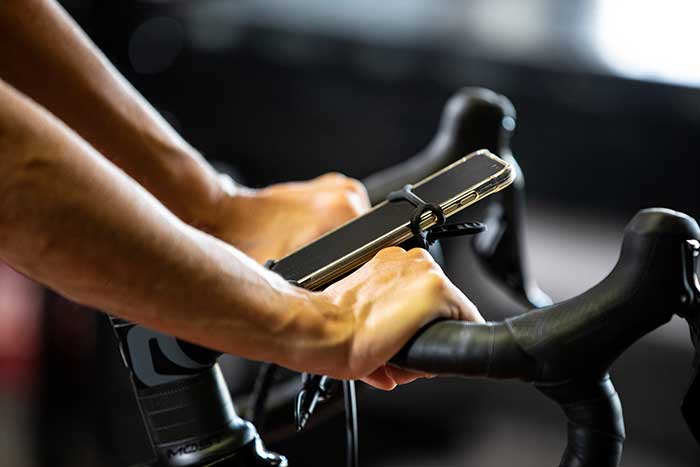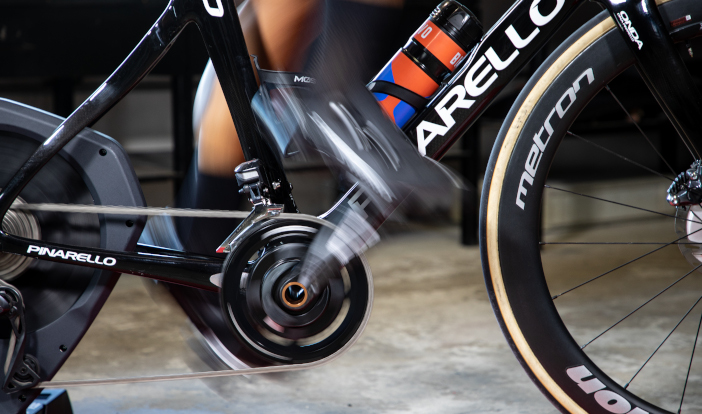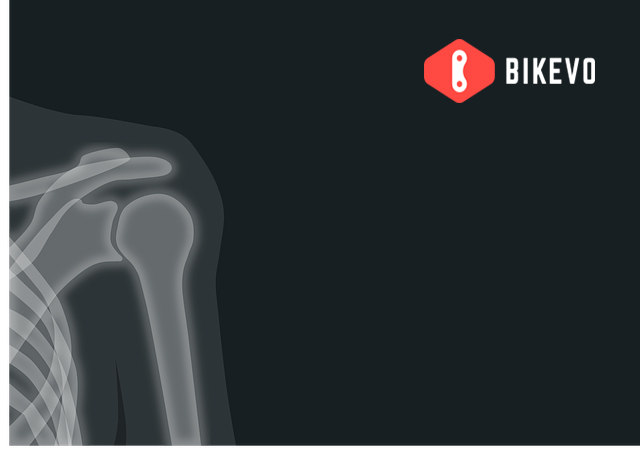Collarbone fractures are fairly common injuries in cyclist lovers
Collarbone fractures are fairly common injuries in adults, representing 3% of overall injuries. This percentage is higher in cyclists. More often the fracture occurs in the shaft of the bone (middle third), followed by the lateral (distal) third and the medial third. 25% of these fractures are unstable because of muscle forces that tend to deform them: inferior directed forces on the lateral third of the clavicle and anterior superiorly directed forces on the medial third. The conservative treatment in fractures leads to a high rate of nonunion (22-50%), 14% of which remain painful.
The cause of the fracture can be a direct trauma to the collarbone or an indirect trauma to the higher limbs when extended to protect the body during a fall. A well-known example of this kind of fracture happened during the Olympic Games road race in 2016 with Vincenzo Nibali.
The diagnosis is straightforward: a deformity can be observed of the anatomical contour of the collarbone with local bruising. The “piano test” will result positive, namely when pressing one of the two fractured stumps the other fragment will move up and down like a piano key. Sometimes the fracture is open. One or both stumps puncture the skin and stick out. In these cases, the fracture poses serious complications and risks infection.
The diagnosis is confirmed through an X-ray. This is usually sufficient, but sometimes there can be the need for a computed tomography (CT scan) to obtain a three-dimensional reconstruction.
Operation or physiotherapy?
Treatment can be invasive, meaning the fracture can be operated on and internally stabilized, or non-invasive, meaning the fracture is stabilized externally with a brace. Usually a figure eight brace is used to raise and align the two stumps of the fracture so they can grow together.
The type of treatment depends on several factors, among which:
- the age of the patient
- level of activity
- type of fracture
- place of the fracture
Comminuted fractures, presenting multiple breaks, almost always require surgery. It is not always immediately clear what kind of treatment is needed for fractures where the bone is broken into only two fragments, involving the middle third or lateral third of the clavicle and is minimally displaced. The latter kind of fracture occurs most frequently.
Surgery
In cyclists, these fractures require a surgical treatment and fixation with a plate and screws. This helps to stabilize the fracture and allows for a speedy recovery of shoulder mobility and resumption of regular sports activities. The fracture is not stabilized with metal wires. In the eventuality of another fall, these wires could be pushed into other organs (such as the lungs and mediastinum) posing great danger. There are recent examples of well-known motorcyclist who, after fixation of the fracture and with the appropriate analgesic therapy, were back on their bike again the following day to race. The same thing happened in the past with cyclists such as Armstrong and Pozzato.
Prognosis and rehabilitation
A fracture that has undergone non-invasive treatment can heal in 6 to 8 weeks. A fracture that has been operated on can be considered stabilized immediately after the intervention. It will be in the final stages of healing after 3 to 4 weeks, when the formation of the callus occurs.
Rehabilitation aims for the recovery of the full range of movement and strength of the shoulder. A shoulder that has been immobilized for a long period can lose its mobility. This can cause a frozen shoulder, which is very difficult and lengthy to treat. The medical and physiotherapy team must have the foresight to allow an early recommencement of physical activities while limiting the risk of refracturing or delays in healing. This kind of rehabilitation diminishes the risk of a frozen shoulder and increases as soon as possible the strength of the periscapular muscles. Initially, this rehabilitation consists of passive mobilization, before moving to active rehabilitation. At this point, the patient can perform muscle strengthening exercises with rubber bands or dedicated equipment, along with proprioceptive exercises.
During the cycling high season, it can be important for cyclists to return to their bike as soon as possible, right after the collarbone has been stabilized with a plate and screws through surgical intervention. Such an early return to cycling, however, is not free from dangers, especially that of another fall.

Loris Perticarini
You might also be interested in


